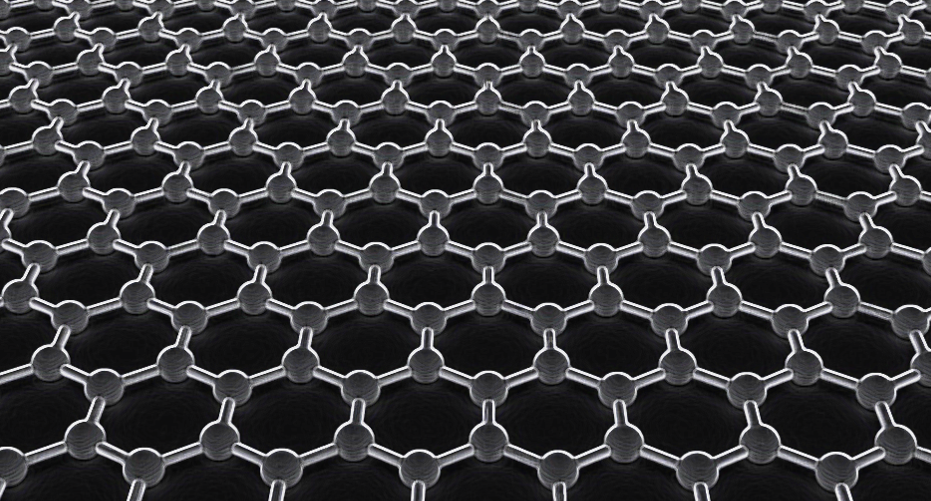2D Materials
2D materials
2D materials
2D materials
The extraordinary electrical, thermal, mechanical and optical properties of few-atom thick materials, and their application to optoelectronics, electronics, photonics, construction materials, energy and sensing.
Research groups associated with 2D Materials at Exeter
- Quantum Systems and Nanomaterials (QSN)
- Graphene Centre
- Nano Engineering Science and Technology group (NEST)
- Electromagnetic and Acoustic Materials (EMAG)
- Biomedical Physics
Contact us: metamaterials@exeter.ac.uk
Equipment and facilities
- Clean room facilities
- Graphene Centre
- Nanostructures measurement (liquid helium and low-temperature systems)
Case study
Professors
Professor Bill Barnes
.jpg)
Light-Matter Coupling - Linking molecules with light
Traditionally, making molecules with new properties, e.g. dyes of different colours, has been the province of chemistry, new properties are based on making new molecules. Our approach is fundamentally different, we use light to alter the way molecules interact with each other, something that can lead to radical changes in their properties, without changing their chemical composition. We use two related techniques known as strong coupling and weak coupling.
Professor C David Wright
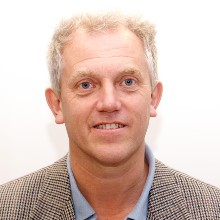
Active/Reconfigurable Metasurfaces; phase-change materials
Conventional metamaterials and metasurfaces (the 2D form of metamaterials) are ‘fixed-by-design’, with performance determined by the form of their resonating structures and the properties of the materials of which they are made. Far greater functionality and application would be available if we could develop active versions, i.e. metamaterials whose response can be dynamically adapted, tuned or reconfigured. At Exeter we are doing just this, using chalcogenide phase-change materials to deliver active optical metasurfaces that can work from the UV right out to the THz, and with applications ranging from LiDAR to multispectral imaging, optoelectronic displays, chemical sensing and much more.
Professor Euan Hendry

THz materials, imaging and spectroscopy; Nonlinear optics
We explore the potential for developing new THz components and sensors to fill the so called “THz gap”, utilizing novel magnetic and plasmonic responses of many materials in this region, and are currently working on novel methods for imaging in this difficult spectral region. We also work in plasmonics, and explore the possibility of replacing coinage metals with new materials such as graphene and ITO. These materials have tuneable electromagnetic responses, as free electrons can controllably introduced by chemical, electrical or photo-doping, making the manipulating light on extreme sub-wavelength length scales possible, and we focus on enhancing nonlinear optical responses for optical switching etc.
Professor Geoff Nash
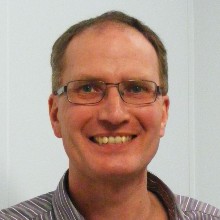
Optical and Acoustic Materials and Devices
Within the Nash group we explore the fascinating characteristics of new materials including 2D materials, for example, graphene and metasurfaces. We both investigate fundamental phenomena, such as the interaction of light with molecules, and aim to exploit these phenomena to create novel technology.
Professor Monica Craciun
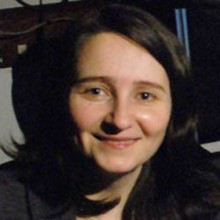
Nanoscience and Nanotechnology
My research expertise spans across applied research in nanotechnology, electronic and optoelectronic devices to fundamental research in nanoscience (quantum phenomena, molecular electronics, nano electronics, spintronics) and materials science.
In particular, I am currently focused on the study of 2D materials such as graphene, functionalized graphene and layered dichalcogenides (e.g. MoS2, WS2), and of their hybrids with other emerging materials (e.g. organic semiconductors, perovskites). The aim is to create new materials and devices with unique electronic and optoelectronic properties not available in any other systems. In particular, we explores novel devices that can be used in emerging technologies such as electronic textiles, multifunctional smart coatings, or in a new generation of highly efficient solar cells and light emitting devices.
Professor Saverio Russo
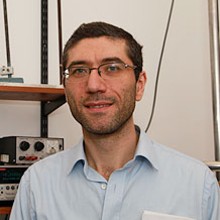
Quantum Systems and Nanomaterials
My research group is pioneering the novel science found in nano-systems. In particular, we are currently studying the electrical properties of graphene materials, which are just one or few carbon atom thick with honeycomb structure. In these materials charge carriers have a record high mobility at room temperature and behave as massless Dirac fermions.
Our main research directions are
- Graphene-based flexible and transparent electronic devices;
- Novel technologies for fabricating suspended and double gated graphene transistors to access the electric field tuneable low-energy band structure in few-layer graphene and the electro-mechanical properties;
- Search for highly conductive and transparent materials;
- Superconducting-graphene hybrid structures.
Associate Professors
Professor Dave Phillips

Structured light
I work on spatial structuring of infra-red and visible light for a variety of applications to imaging, optical trapping and optical communications. Dynamic light shaping is achieved using liquid crystal spatial light modulators and digital micro-mirror devices. We are also developing new methods to create compact light transforming optics using direct laser writing (microscale 3D printing).
Dr Stefano Pagliara
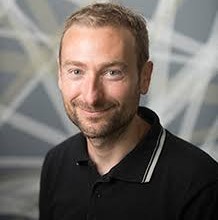
Membrane transport in antibiotic resistance
Bacteria exchange molecules with their environment taking up molecules essential for subsistence while excluding poisonous molecules such as antibiotics. They do so by using proteins that form physical pathways for molecular transport across membranes, these pathways being at the basis of antibiotic resistance, one of the most challenging problems for our society. Using a metamaterials approach through microfluidics and imaging I study the fundamental diversity in the capability to take up molecules in bacteria aiming to understand which physical pathways are used by individual bacteria to achieve this diversity. The new knowledge that I am developing will provide guidelines for the optimisation of antibiotic therapy in killing infecting bacteria.
Senior Lecturers/ Lecturers
Dr Ana Neves

Wearable technology
This line of research uses 2D materials, such as graphene, as active layers for a wide range of electronic devices based on flexible and textile substrates. These materials offer a wide range of properties of interest, allied to a very small size, lightweight and flexibility, which makes them ideal for truly wearable devices. These devices go well beyond bulky commercial accessories embedded in clothes and, when endowed with with wireless communications, have an enormous transformative potential for applications such as remote healthcare or energy harvesting.
Dr David Horsell

Acoustic and thermal devices
We study the generation, control and interaction between sound, heat and electricity in materials. The focus of our experimental research is to study the fundamental physics of acoustic, thermal and electrical transport both within materials and across interfaces between materials. This has direct application in sound production, heat management in electronics, and improved efficiency of electronic devices. We also investigate the ways in which these properties can be used for active sensing, which includes detection of gas and fluids as well as electrical and thermal features of materials. Our work extends into biological systems, including biomimetics, thermoregulation in insects and electrical signalling in plants and animals.
Dr Isaac Luxmoore

Quantum Nanophotonics
Optoelectronic devices, which generate, manipulate and measure light, underpin modern communication and have enabled the internet to revolutionise the modern world. A new generation of quantum optoelectronic devices, which process light at the single photon level, promise a further revolution in the way we communicate, measure and process data. Individual photons, the elementary particles of light, are the building blocks of this technology, but must first be generated by single photon sources. For practical applications the photons must be generated on-demand, at high repetition rates and must be indistinguishable- in other words identical in all degrees of freedom (for example, energy and polarisation). My research is centred around the development of such devices through the exploration of novel materials and their nanophotonic integration.
Dr Maciej Dąbrowski

Maciej's research focusses on pursuing novel functionalities of condensed matter for applications in spintronics, data storage and quantum technologies. His interdisciplinary approach spans magnetism, plasmonics and ultrafast dynamics. Of particular interest is optical control of 2D van der Waals materials with the ultimate goal of building a new generation quantum platform providing energy efficiencies and operational timescales far exceeding what is possible with conventional electronics. He is also developing new experimental methods to directly probe magnetic and optical properties on the nano-femto scale.
Dr Peter Petrov
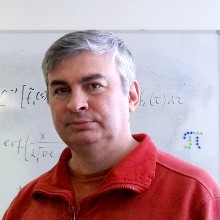
Mechanics and electrostatics of soft and biomembranes
My research interests are in the area of membrane biophysics, with emphasis on the relationships between membrane composition, mesoscopic lateral ordering, physical properties and biological function. Much work is carried out on the biophysics of the interactions between bacterial toxins and cell membranes, transmembrane transport as well as 2D mesoscopic structure and physical properties of artificial lipid mono- and bilayers using a variety of advanced optical microscopy and synchrotron techniques. Further research interests include statics and dynamics of wetting and low Reynolds number propulsion.

